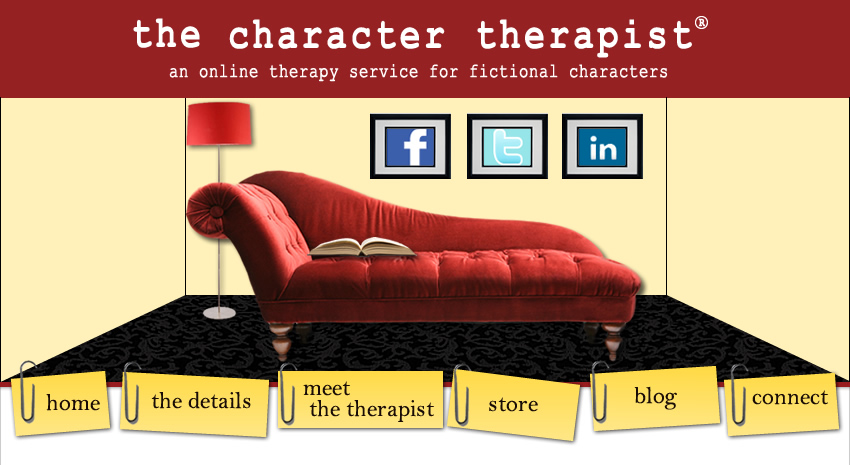Magic Art Technique
 Credited to: Ruby Walker
Credited to: Ruby WalkerFor use with: Children, toward the very beginning of play therapy, to establish a positive feeling toward therapy and work with the therapist. Can be used individually or in a group.
What you will need:
construction paper in a wide array of colors
liquid tempera paint in a wide array of colors, in bottles with very small opening
glitter (optional)
What you do:
Allow the child to select whatever color paper (s)he chooses. Tell the child that they need to use at least 3 different colored paints to make a magic picture, making dots or lines or any figure they choose. The therapist will praise and reinforce the child's selection and usage of the paper/paints.
After the child has used as much/as little paint as they want, then you have them fold the long ends of the paper together (like a book). Say, "Magic picture, what will [insert child's name] draw today?" The child is then instructed to unfold the paper, creating a Rorschach inkblot-like picture.
Ask the child to describe the picture as a whole or to tell what (s)he sees in the picture. Ask, "What makes it look like a _________ to you?"
Purpose:
There are many! The child is free to choose whatever paper/paints/glitter (s)he wants and apply them however they want. Children who have control issues love the freedom to choose and lack of control over what the magic picture will look like. This technique boosts self-esteem as the children create a successful picture to keep or give away as a token to mom/dad/friend.
The selection of color and intensity with which the child engages in the art tells the therapist the emotional reactivity of the child at the time of creation. The projective part of the technique focuses on what the child says/free associates about the picture and his/her feelings as maybe being indicative of their inner thoughts/feelings.
One great way to use this technique is to explain divorce to a young child, to try to instill a sense of hope that something positive can come out of the situation. What Ruby Walker does is have the child start to paint a caterpillar with the paints, and then as they fold the paper, the caterpillar is in the cocoon and "emerges" as a butterfly when the paper is opened again. This characterizes how things can be different, yet better.
Hope this technique finds a way into some of your novels!









3 comments:
My kids love doing that project. I'll have to do it again with them soon. It's been awhile.
Beautiful idea--I'm filing this one away for future use with the little ones in my life. Thanks!
Wow, wish they had one for writers and plots. Magic plot maker...what will I write?!?
Edge of Your Seat Romance
Post a Comment
Both comments and questions are welcome. I hope you enjoyed your time on the couch today.